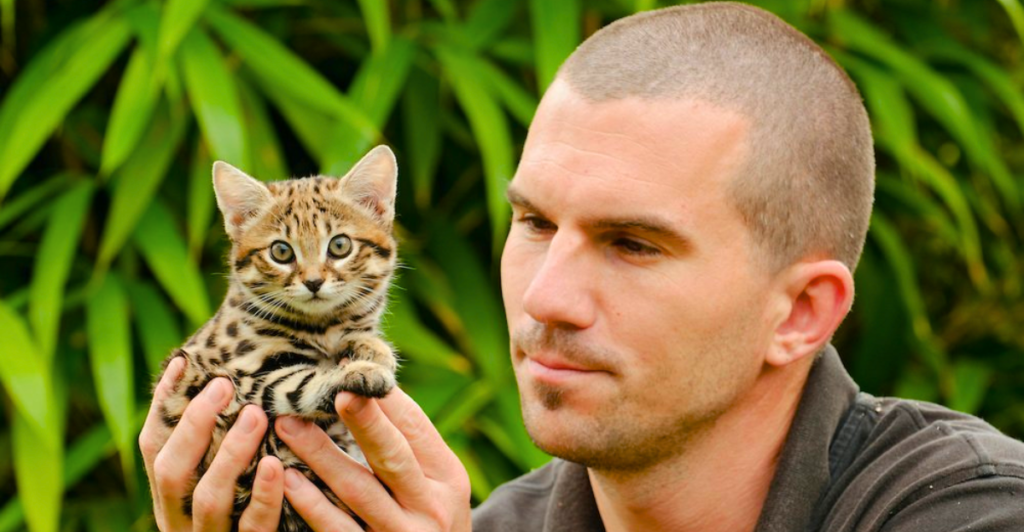
With humans and animals being together on the planet for so long, domestication is bound to happen over time. The biggest example of domesticated animal are dogs, but either through a natural adaptation of wild animals or human intervention, there are lots unusual cases of domestication that you might not know about.
Silver Foxes
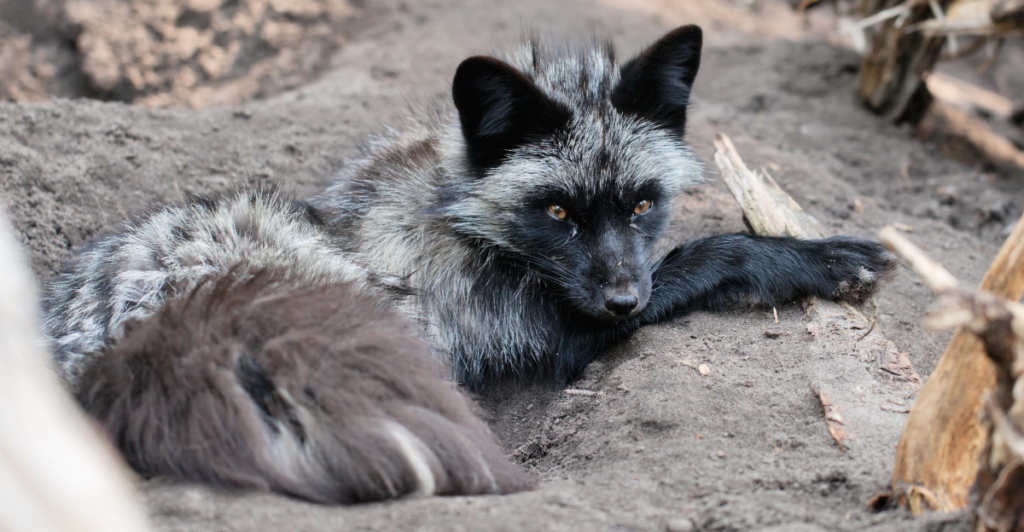
Silver foxes have been split into two groups since the 1950s when Soviet scientists set out to see how effectively they could domesticate the animals. After just a few generations of selective breeding, the resulting silver foxes were docile and tame, even adapting physical traits such as piebald coats and floppy ears.
Key Deer

Key deer are an example of a wild species slowly becoming more domesticated as lineages get exposed to human contact. Despite not being formally domesticated, key deer in the Florida Keys have shown behavior that would suggest as much. They are not as afraid of humans as older generations of deer and are more social animals. They have also adapted in the way a domestic animal would, with increased fertility and bigger body mass.
Urban Blackbirds
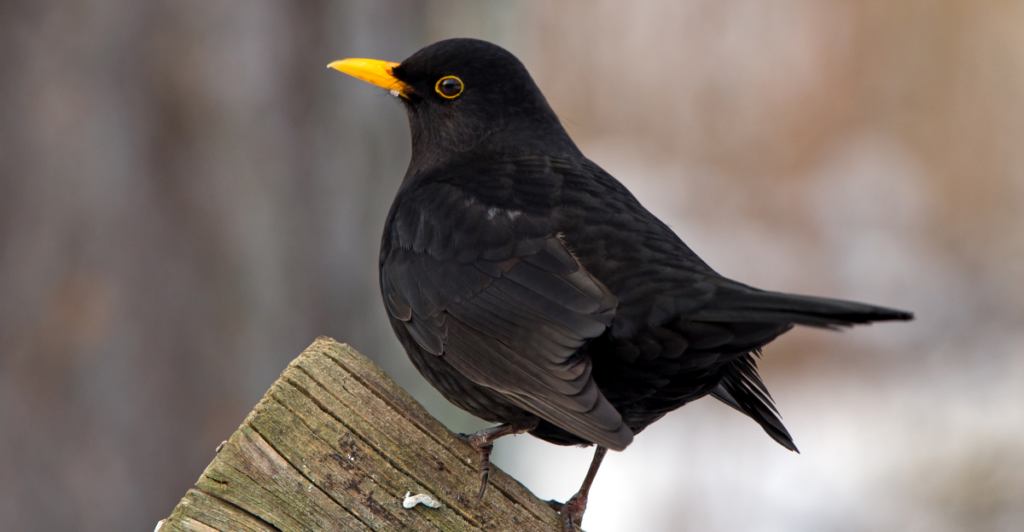
Blackbirds that live in the wild are more aggressive towards human and have shorter breeding seasons when compared to their urban cousins. Urban blackbirds have shown surprising adaptations to environments in the city. They have a faster biological clock than rural blackbirds, but this isn’t necessarily a good thing, as it’s suggested that it may be due to their sleep deprivation. On the other hand, these adaptations are crucial to cope in such an unpredictable environment.
Red Junglefowl

Red Junglefowl are found across Asia and are the ancestors of modern chickens that has started to be domesticated around 8,000 years ago by Asian nomads. This highlights that how quickly a wild species can be domesticated and spread throughout different environments.
Bezoar Ibex
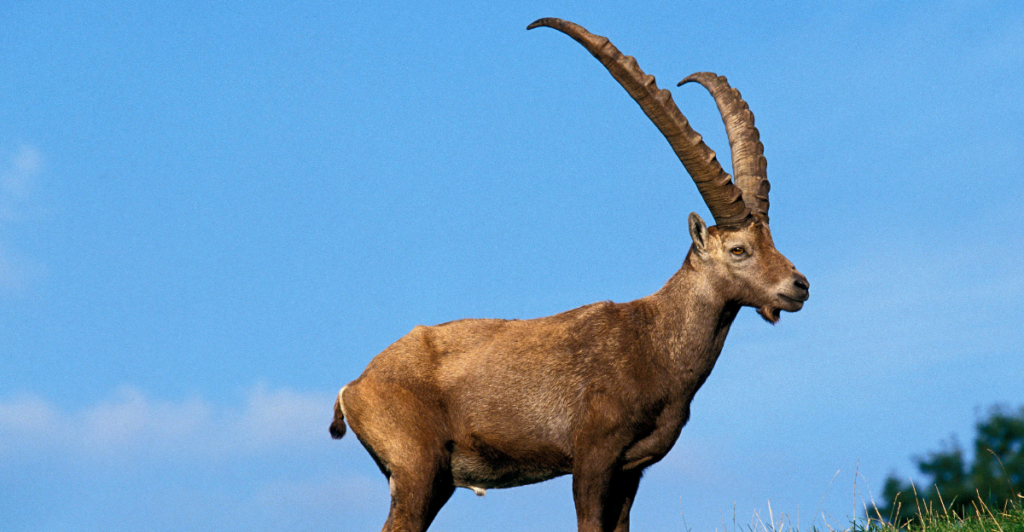
The bezoar ibex is a wild species that had part of its population domesticated around 11,000 years ago in the Fertile Crescent, a crescent-shaped region that spans part of modern-day Iraq. The descendants of the domesticated population span 200 breeds of domesticated goat.
Mouflon Sheep
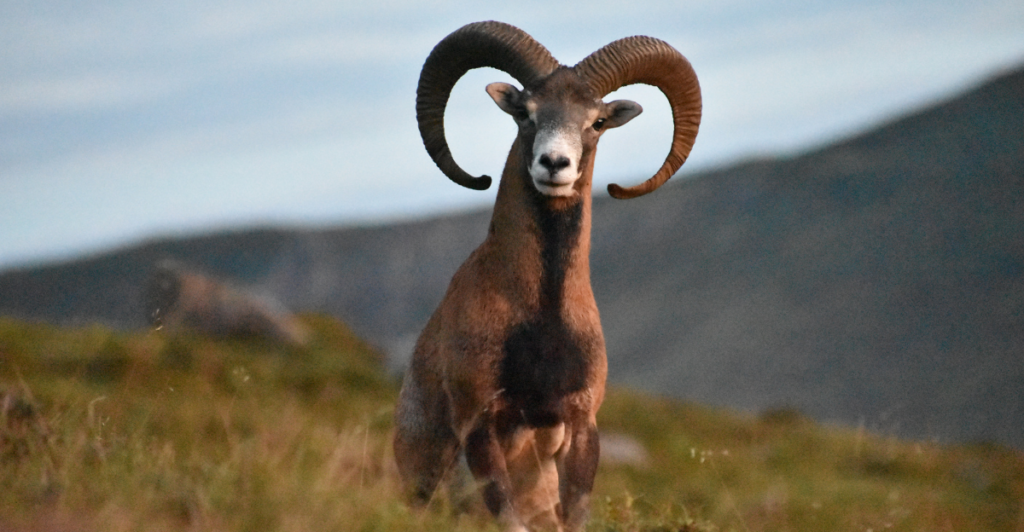
Much like the bezoar ibex, wild mouflon sheep were domesticated by humans around 10,000 years ago. These domesticated sheep split off from the wild population in Ancient Mesopotamia and in the modern world, have 200 different breeds of sheep, which range from tropical adapted species to big wool producers.
Wild Boars
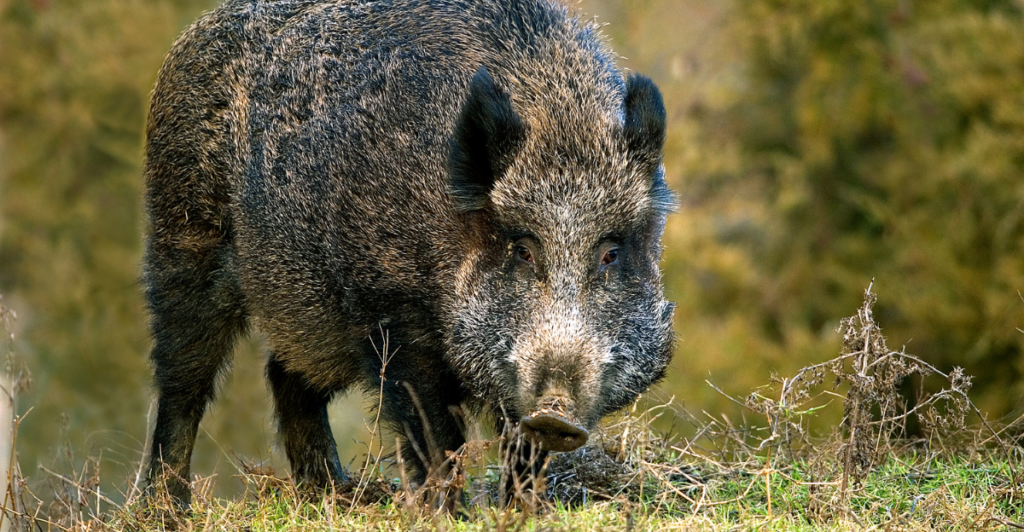
The modern-day pig is a domesticated farm animal that has more than 70 different breeds, adapted for the widespread introduction of farming around the world. They have their lineage in wild boars that were domesticated around 9,000 years ago in Türkiye.
African Wildcats
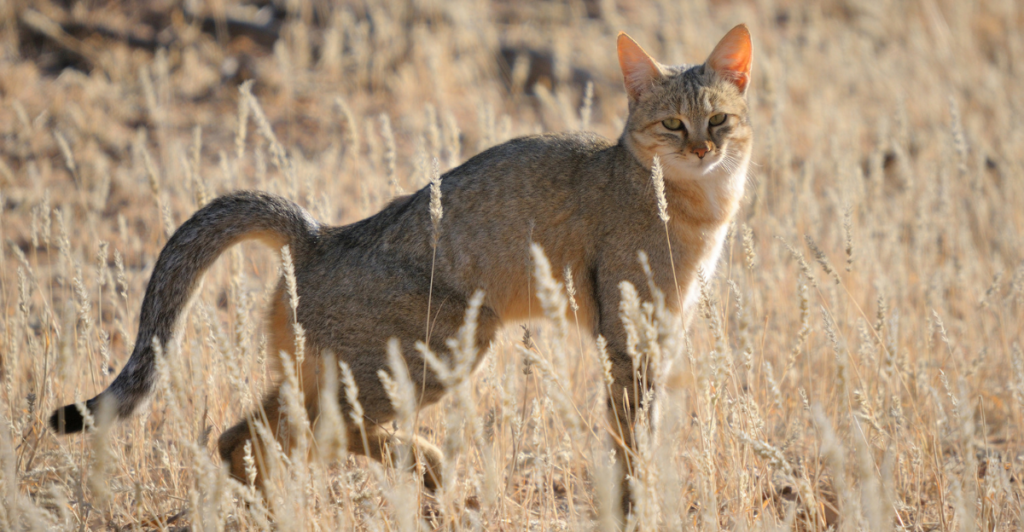
Modern-day cats are one of the prime examples of domesticated wild animals, but many don’t know just where their heritage lies. African Wildcats are believed to have been domesticated in the Near East by humans living there nearly 10,000 years ago, resulting in the many different breeds we have today.
Hedgehogs
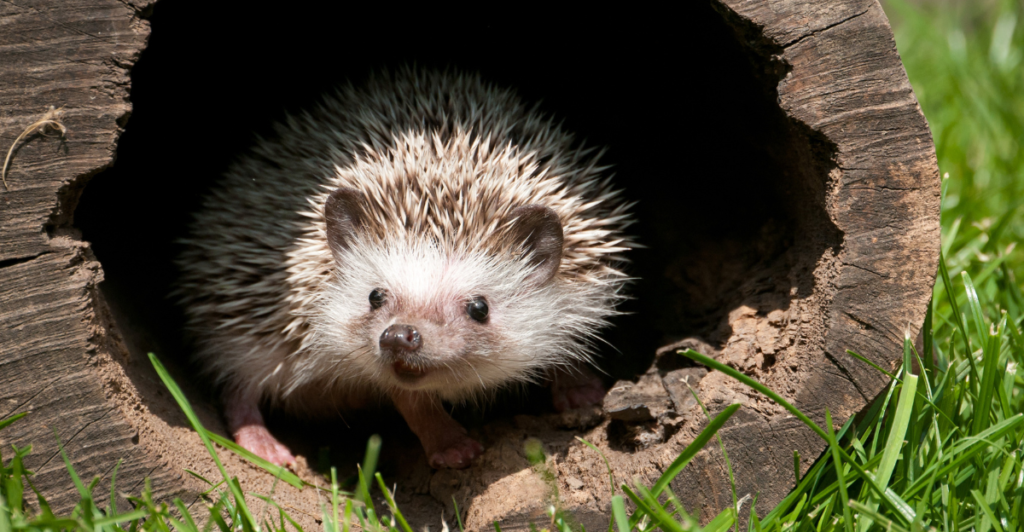
Hedgehogs have had a short history of being kept as pets. Their domestication started in the 1980s as a popular exotic pet. They are still found primarily as wild animals and are found less frequently in captivity today.
Alligators
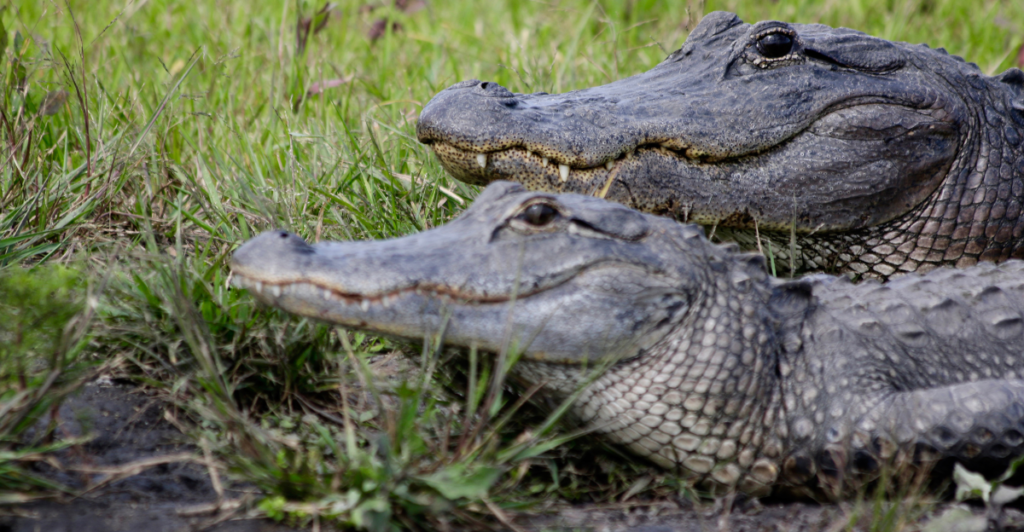
The American alligator would be the last wild animal most would think of as domesticated, but they have been bred in captivity for both conservation and for hide and meat. While they are not completely domesticated yet, their population has been able to steadily recover.
Eurasian Elk
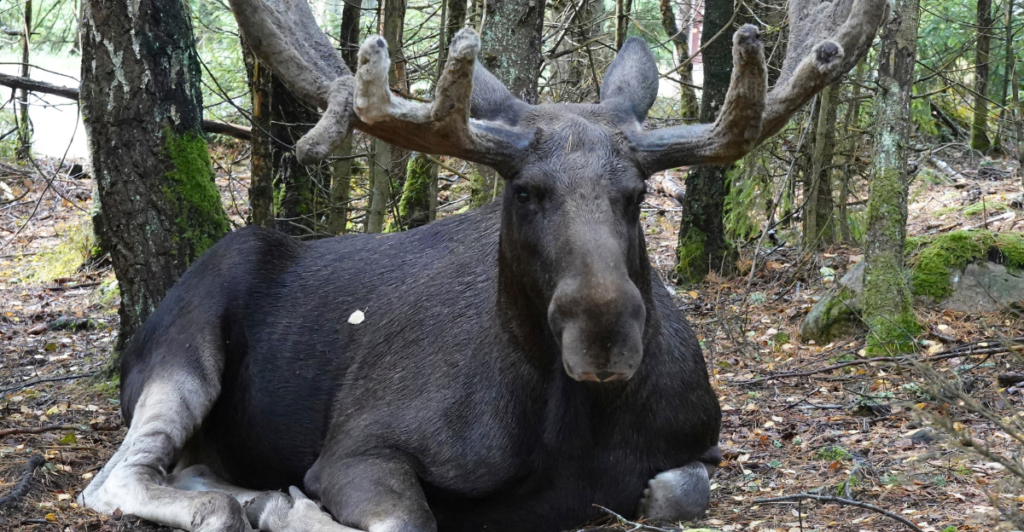
Eurasian elk have slowly been domesticated for their milk and hides, even as beasts of burden in some regions. Like the American alligator, they are only partially domesticated, but given more time, we could see further adaptations that will be in line with other domesticated animals.
Budgies
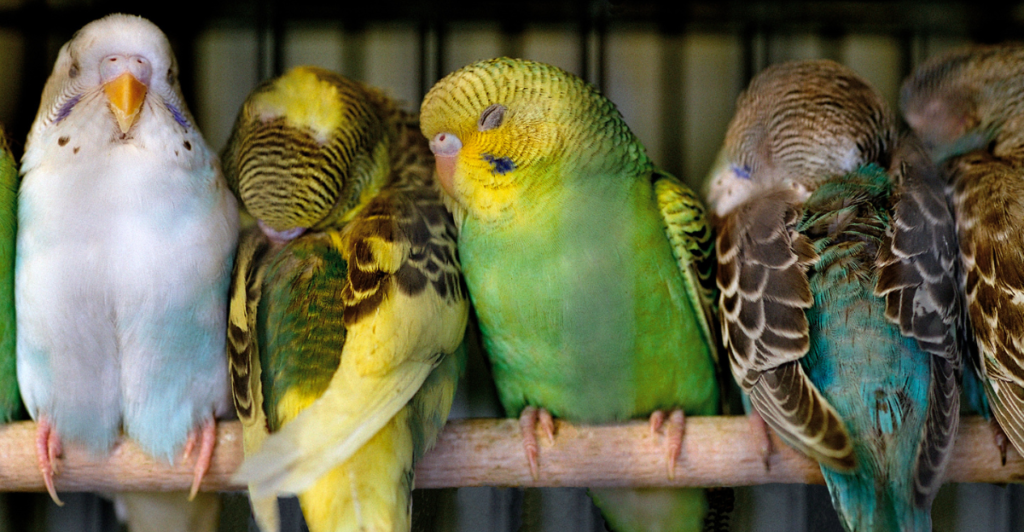
Budgerigars, or budgies as they are most commonly called, have been pets in homes for more than 150 years. Through decades of selective breeding, they have exhibited changes in their plume color, as well as increasing in size compared to wild budgies today.
Explore more of our trending stories and hit Follow to keep them coming to your feed!

Don’t miss out on more stories like this! Hit the Follow button at the top of this article to stay updated with the latest news. Share your thoughts in the comments—we’d love to hear from you!







